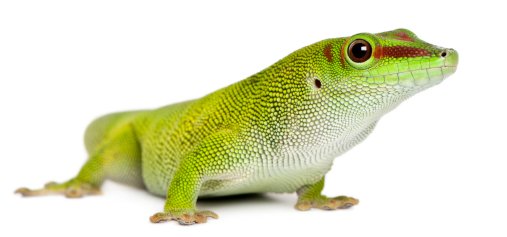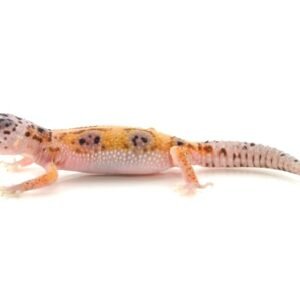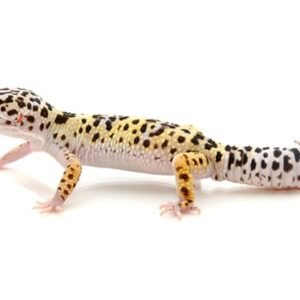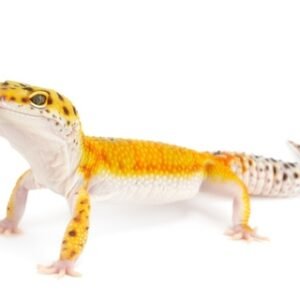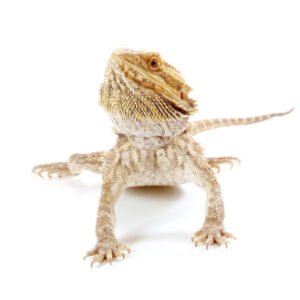Understanding the Giant Day Gecko: Habitat, Diet, and Behavior
The Giant Day Gecko (Phelsuma grandis) is a vibrant and captivating species native to Madagascar and its nearby islands. These lizards thrive in a variety of environments within their natural habitat, predominantly favoring dense, tropical forests. Their arboreal nature requires access to vegetation for climbing and basking, along with appropriate humidity levels and temperatures that mimic their native conditions. Ideal temperatures for these geckos typically range from 75°F to 85°F during the day and should not drop below 70°F at night. To maintain optimal humidity levels, it is necessary to provide a substrate that retains moisture and implement regular misting in their enclosures.
The dietary needs of the Giant Day Gecko are diverse and essential for their well-being. In the wild, they primarily feed on a mixture of insects, such as crickets and roaches, complemented by the occasional fruit, which is vital for hydration and nutrition. A balanced diet that closely resembles this natural feeding behavior is critical for pet ownership. It is recommended to provide a variety of insects and fruits, ensuring that the gecko receives adequate vitamins and minerals. Incorporating supplements such as calcium and vitamin D3 into their feeding regimen is also important to prevent health issues common in captive reptiles.
In terms of behavior, the Giant Day Gecko is diurnal, meaning they are most active during daylight hours. Their social behavior showcases a curious and attentive disposition, often displaying territorial tendencies. Proper handling techniques involve allowing the gecko to acclimatize to human presence gradually. Maintaining a calm environment is key to limiting stress, making interactions more enjoyable for both the pet and the owner. By creating an enriched habitat that mirrors their natural conditions and respecting their needs, owners can foster a healthy and happy Giant Day Gecko as a cherished companion.
Setting Up Your Giant Day Gecko’s Home: Terrarium Requirements and Care
Creating a suitable environment for your Giant Day Gecko is crucial for its health and well-being. An appropriate terrarium setup not only provides shelter but also simulates the gecko’s natural habitat. It is recommended to opt for a glass terrarium, preferably with a minimum size of 20 gallons, accommodating ample space for movement and exploration. The height of the enclosure should be at least 36 inches, considering the gecko’s arboreal nature.
Temperature regulation is vital in maintaining a thriving environment. A temperature gradient should be established within the terrarium, with a basking area at around 85-90°F and a cooler side ranging between 70-75°F. Heating pads or ceramic heat emitters are effective options. Proper UVB lighting is equally essential, as it promotes the synthesis of Vitamin D3, supporting calcium absorption essential for the gecko’s health. A 10-12% UVB bulb should be positioned to cover both the basking and shaded areas.
Choosing the right substrate is important for facilitating a clean and hygienic habitat. Suitable options include coconut fiber, orchid bark, or a mixture of both, which helps retain humidity while allowing easy cleaning. Incorporating climbing structures, such as branches and vines, will provide necessary exercise and mental stimulation. Ensure that these elements are securely placed to prevent accidents.
Including hiding spots using rocks, logs, or commercial reptile hides is essential, as Giant Day Geckos are naturally shy and require places to retreat. A routine care schedule must include regular monitoring of humidity levels, maintaining a range between 60-80%, and spot cleaning waste daily. Additionally, perform weekly full cleanings to prevent bacterial growth. Keep an eye on your gecko for signs of distress, such as changes in eating habits or lethargy, which may indicate health issues. Regular health checks will promote a long and healthy life for your pet.

